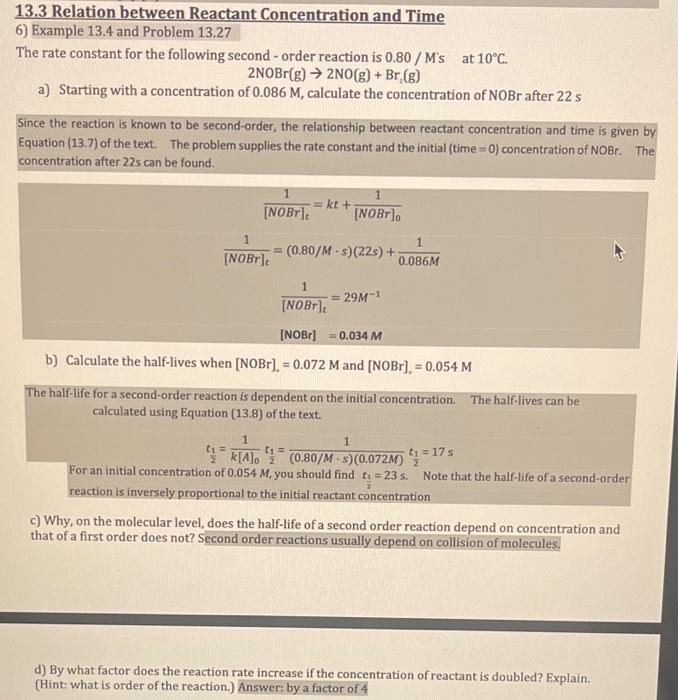Answered step by step
Verified Expert Solution
Question
1 Approved Answer
The grey is the answer. Please thoroughly explain why. Thanks! 13.3 Relation between Reactant Concentration and Time 6) Example 13.4 and Problem 13.27 The rate
The grey is the answer. Please thoroughly explain why. Thanks! 

Step by Step Solution
There are 3 Steps involved in it
Step: 1

Get Instant Access to Expert-Tailored Solutions
See step-by-step solutions with expert insights and AI powered tools for academic success
Step: 2

Step: 3

Ace Your Homework with AI
Get the answers you need in no time with our AI-driven, step-by-step assistance
Get Started


